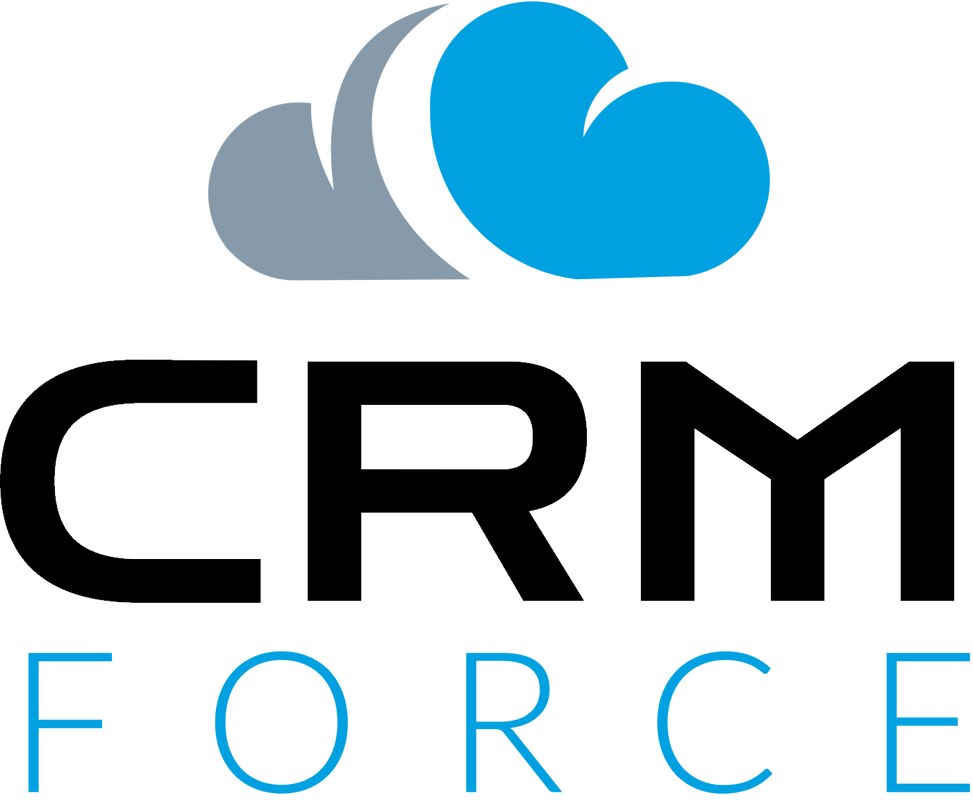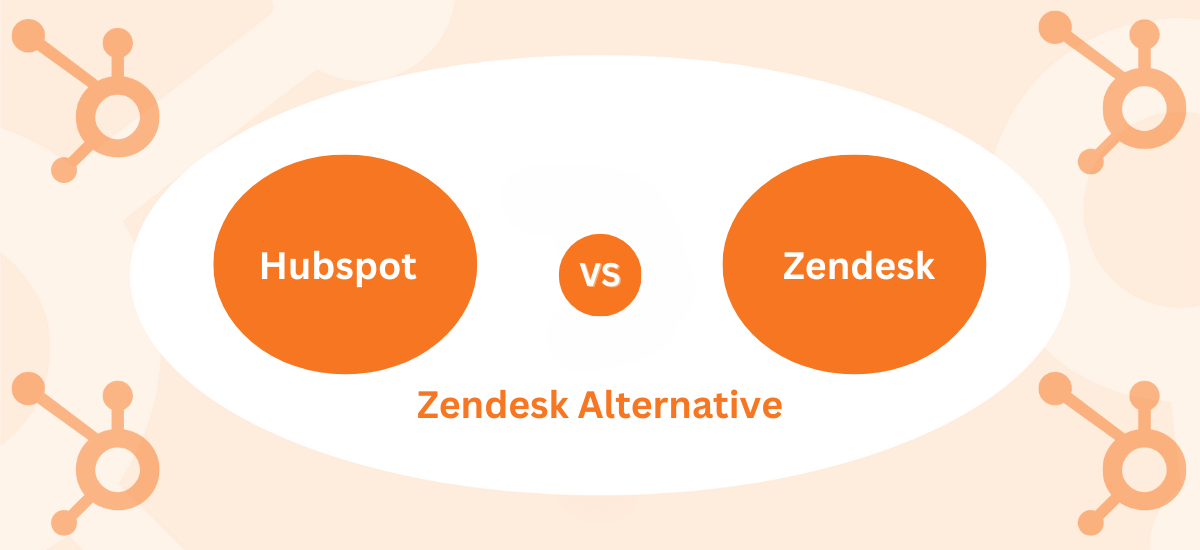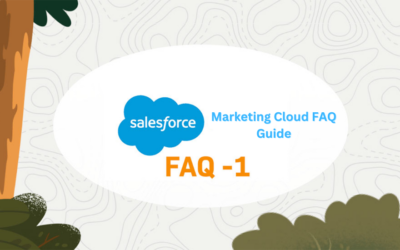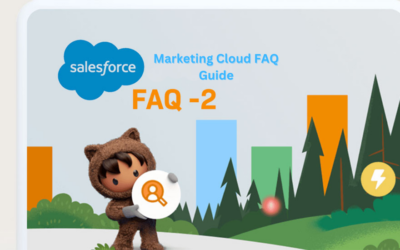In the ever-evolving landscape of customer relationship management (CRM) and support solutions, the decision-making process for businesses is often akin to navigating a labyrinth of options. Two industry titans that frequently stand at the crossroads of this maze are HubSpot and Zendesk. Beyond their user-friendly interfaces and market prominence, the technical underpinnings of these platforms play a pivotal role in shaping the user experience and determining their suitability for specific business needs. HubSpot, renowned for its all-encompassing CRM approach, leverages sophisticated marketing automation engines, unified data models, and seamlessly integrated hubs for marketing, sales, and customer service. On the other side of the spectrum, Zendesk, a stalwart in customer support, boasts a modular architecture, a robust ticketing system with relational databases, and an extensive knowledge base infrastructure. As we embark on a technical exploration, dissecting the inner workings of HubSpot and Zendesk, we aim to unravel the intricacies that make these platforms more than just user interfaces – they are sophisticated ecosystems designed to transform the way businesses engage with their customers.
The technical showdown between HubSpot and Zendesk is not merely a clash of interfaces; it’s a battle of databases, automation engines, and integrations that dictate the efficiency and adaptability of these platforms. Businesses today are faced with the challenge of not only choosing between all-in-one CRM functionality and specialized support excellence but also understanding the technical frameworks that power these solutions. This deep dive into the technical dimensions of HubSpot and Zendesk aims to demystify the complexities, offering businesses a nuanced perspective as they navigate this critical decision-making process. Whether it’s the unified data models of HubSpot facilitating seamless cross-departmental collaboration or Zendesk’s modular structure allowing for scalable support operations, each platform’s technical prowess reveals a strategic approach to meeting the diverse demands of modern businesses. So, buckle up as we unravel the technological intricacies, bringing to light the engines that drive HubSpot’s comprehensive CRM and Zendesk’s dominance in customer support. If you need assistance with Salesforce CRM setup and optimization, companies like CRM Force can provide valuable expertise and support.
1- HubSpot’s Technical Mastery Unveiled
When delving into the technical intricacies of HubSpot, it becomes evident that its prowess lies not only in its user-friendly interface but also in the robust technology underpinning its functionality. Let’s dissect key technical aspects that contribute to HubSpot’s reputation as a comprehensive CRM platform.
A- Marketing Automation Engine
HubSpot’s Marketing Automation Engine serves as the powerhouse behind targeted campaigns, lead nurturing, and analytics. At its core, this engine employs sophisticated algorithms that track user behavior, enabling marketers to create personalized and timely interactions.
Behavioral Tracking: Through the use of cookies and tracking pixels, HubSpot captures user interactions across websites and platforms. This data forms the foundation for personalized content delivery.
Workflow Automation: HubSpot’s workflows, constructed using conditional logic, automate intricate marketing processes. This involves triggers and actions based on user interactions, ensuring that marketing efforts are not only automated but also highly contextual.
Scalability and Integration: The architecture of HubSpot’s marketing automation system allows for seamless scalability, accommodating the needs of growing businesses. Integration capabilities with various third-party tools enhance its adaptability within complex marketing ecosystems.
B- Sales Hub Architecture
Within HubSpot’s Sales Hub, technical excellence is apparent in the way it facilitates contact and deal management, ultimately optimizing the sales process.
Unified Database: At the core of the Sales Hub is a unified database that integrates seamlessly with other hubs. This single source of truth ensures consistency across marketing, sales, and service interactions.
Machine Learning Algorithms: HubSpot employs machine learning algorithms to analyze historical sales data, helping sales teams predict potential deals, prioritize leads, and allocate resources efficiently.
APIs and Integrations: The technical architecture of Sales Hub is designed with extensive API support, enabling businesses to integrate with external tools and customize their sales processes. This ensures that the Sales Hub is not a standalone entity but an integral part of a broader tech ecosystem.
C- Customer Service Hub Infrastructure
In the Customer Service Hub, HubSpot’s technical prowess shines through in its ability to streamline customer support operations.
Ticketing System Architecture: The ticketing system is built on a robust database architecture that handles large volumes of customer queries. It employs relational databases to efficiently organize and retrieve ticket information.
Knowledge Base Management: HubSpot’s knowledge base is powered by a content management system (CMS) that allows for the creation, organization, and retrieval of extensive knowledge resources. The system employs caching mechanisms for rapid content delivery.
Communication Protocols: To facilitate seamless communication, the Customer Service Hub utilizes a variety of protocols, including SMTP for email communication and RESTful APIs for integration with external systems.
2- Unraveling Zendesk’s Technical Dominance
Zendesk’s dominance in the realm of customer support and service management is not just a testament to its user-friendly interface but also to the robust technical architecture that underlies its powerful features. Let’s delve into the technical intricacies that set Zendesk apart as a leading player in the customer service software landscape.
A- Ticketing System Architecture
At the heart of Zendesk’s prowess is its ticketing system, a finely tuned mechanism that efficiently manages and prioritizes customer queries. The technical architecture of this system is characterized by:
Relational Databases: Zendesk employs relational databases to store and manage ticket data. This architecture ensures data integrity and allows for complex query operations, critical for handling large volumes of tickets.
Indexing and Search Algorithms: Zendesk incorporates advanced indexing and search algorithms to swiftly retrieve relevant ticket information. This ensures that support agents can access critical data in real time, enhancing the speed and efficiency of issue resolution.
Automation Rules Engine: The ticketing system is powered by a rules engine that automates repetitive tasks. This engine utilizes conditional logic and triggers to route tickets to the appropriate teams, automating workflows for quicker issue resolution.
B- Knowledge Base Infrastructure
Zendesk’s Knowledge Base is a cornerstone of its customer support approach, providing users with a self-service portal. The technical architecture supporting this feature includes:
Content Management System (CMS): Zendesk’s CMS is engineered to handle a vast repository of articles, FAQs, and tutorials. It employs version control mechanisms to track changes and ensure content accuracy.
Caching Mechanisms: To optimize content delivery, Zendesk utilizes caching mechanisms. Frequently accessed articles are cached, reducing load times and ensuring a smooth self-service experience for users.
Access Control and Permissions: The Knowledge Base is fortified with access control mechanisms, ensuring that only authorized users can create, edit, and publish content. This granular control enhances the security and reliability of the knowledge-sharing platform.
C- Multichannel Support Integration
Zendesk’s technical excellence is showcased in its ability to seamlessly integrate and manage customer interactions across various channels. The technical components supporting multichannel support include:
API Integrations: Zendesk’s architecture is designed with robust API support, facilitating seamless integration with third-party applications. This allows businesses to consolidate customer interactions from diverse platforms into a unified interface.
Real-time Communication Protocols: The platform employs real-time communication protocols such as WebSocket for chat support, ensuring instant and responsive communication between support agents and customers.
Social Media API Integration: Zendesk integrates with social media platforms through APIs, enabling businesses to manage customer queries originating from social channels directly within the Zendesk environment.
3- The Technical Showdown: HubSpot vs. Zendesk
As businesses confront the decision of choosing between HubSpot and Zendesk, a deeper exploration into the technical facets of these platforms becomes paramount. This technical analysis sheds light on the underlying structures that define their capabilities and influence the efficiency of business processes.
A- Data Management and Integration
HubSpot:
Unified Data Model: HubSpot boasts a unified data model that integrates customer information seamlessly across marketing, sales, and service hubs. This is made possible through a relational database structure, ensuring consistency and accuracy in data representation.
API Integrations: HubSpot’s technical architecture includes robust APIs that facilitate integrations with various third-party applications. This allows businesses to synchronize data and workflows, creating a cohesive ecosystem that extends beyond the boundaries of the HubSpot platform.
Zendesk:
Modular Data Structure: Zendesk’s modular architecture allows businesses to scale their support operations according to their needs. Each module, such as ticketing and knowledge base, operates with a dedicated data structure, providing flexibility in customization.
RESTful APIs: Zendesk employs RESTful APIs, enabling smooth integration with external systems. This ensures that businesses can extend the functionality of Zendesk to suit their specific requirements without compromising data integrity.
B- Automation and Workflow Management
HubSpot:
Workflow Automation Engine: HubSpot’s workflow automation engine utilizes conditional logic to automate complex marketing and sales processes. Machine learning algorithms analyze historical data to predict customer behavior, enabling businesses to tailor their interactions effectively.
Event-driven Triggers: HubSpot’s automation capabilities are event-driven, triggered by user actions. This ensures that workflows respond in real time to customer interactions, providing a dynamic and personalized experience.
Zendesk:
Rules Engine: Zendesk’s ticketing system employs a rules engine to automate support workflows. This engine uses conditional rules to route tickets, prioritize tasks, and streamline issue resolution.
Ticket Triggers: Automation in Zendesk is driven by ticket triggers, which are actions initiated by predefined conditions. This allows for the automatic assignment of tickets, status updates, and other rule-based actions.
C- Scalability and Performance
HubSpot:
Cloud Infrastructure: HubSpot operates on a cloud infrastructure, providing scalability and reliability. Businesses can scale their usage based on demand, ensuring optimal performance during peak periods.
Load Balancing: HubSpot employs load balancing mechanisms to distribute network traffic evenly across servers. This enhances system stability and prevents performance bottlenecks.
Zendesk:
Elasticsearch Integration: Zendesk leverages Elasticsearch for advanced search capabilities. This distributed search engine ensures high-performance search operations, even when dealing with large datasets.
Data Sharding: Zendesk’s modular architecture includes data sharding, allowing for the distribution of data across multiple databases. This ensures efficient resource utilization and prevents performance degradation as data volumes grow.
D- Security Measures
HubSpot:
Encryption Protocols: HubSpot employs encryption protocols such as TLS to secure data transmission. This ensures the confidentiality and integrity of sensitive information during communication.
Role-based Access Control (RBAC): HubSpot’s RBAC system allows businesses to define granular access permissions. This ensures that users have access only to the data and features relevant to their roles, enhancing overall security.
Zendesk:
Two-Factor Authentication (2FA): Zendesk offers 2FA for an additional layer of security. This ensures that only authorized users can access the platform, mitigating the risk of unauthorized access.
Audit Trails: Zendesk maintains detailed audit trails that track user activities within the platform. This not only enhances accountability but also aids in identifying and addressing security incidents promptly.
Conclusion
In the final analysis of the HubSpot vs. Zendesk technical faceoff, businesses find themselves at a crossroads, with the decision hinging on the unique needs and priorities that govern their operations. HubSpot’s technical excellence, encapsulated in its unified data models, marketing automation prowess, and seamless integration capabilities, positions it as an all-encompassing solution for those seeking a consolidated CRM experience. On the flip side, Zendesk’s modular architecture, robust ticketing systems, and specialized focus on customer support distinguish it as a stalwart in the realm of efficient issue resolution and service management. As businesses weigh these technical intricacies, the choice between HubSpot and Zendesk emerges not as a binary decision but as a strategic alignment with the specific operational requirements of the organization.
For those seeking a Zendesk alternative, the technical evaluation becomes a compass guiding the exploration of platforms that strike a balance between specialized support functionalities and integrated CRM features. The landscape of alternatives is vast, and platforms such as Freshdesk, Help Scout, and Salesforce Service Cloud beckon as potential Zendesk alternatives, each with its unique technical strengths and suitability for diverse business landscapes. In conclusion, the HubSpot vs. Zendesk saga extends beyond a mere software comparison – it’s a narrative of technical architectures shaping the way businesses engage with their customers, with the tantalizing prospect of finding the ideal Zendesk alternative that aligns seamlessly with their vision and operational imperatives. To learn more about how CRM Force can assist you in recruiting top CRM talent and optimizing your CRM strategies for successful drip campaigns, contact us today. Together, let’s maximize your customer engagement Contact Us today.





